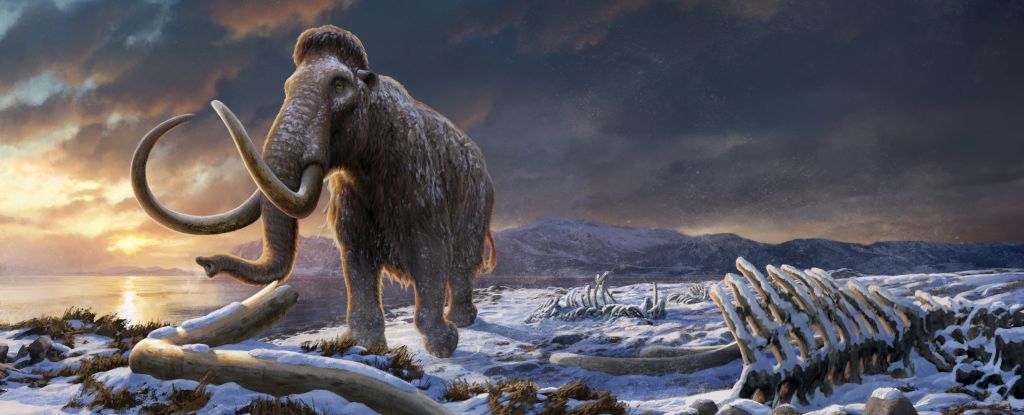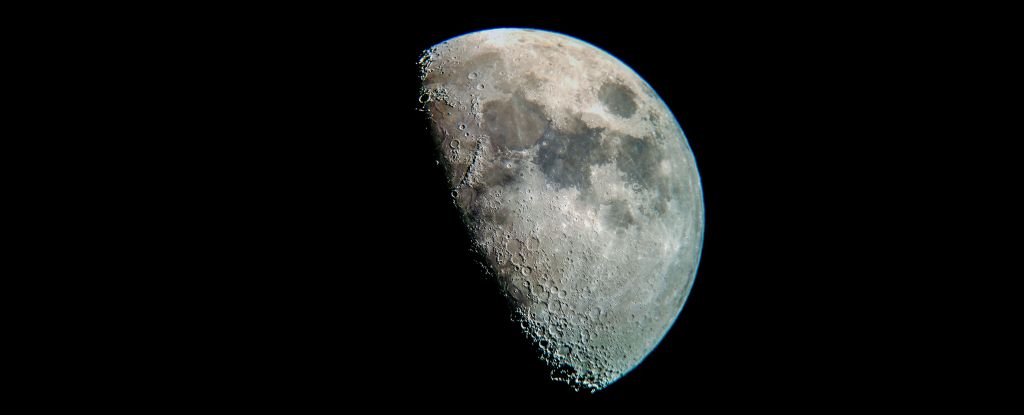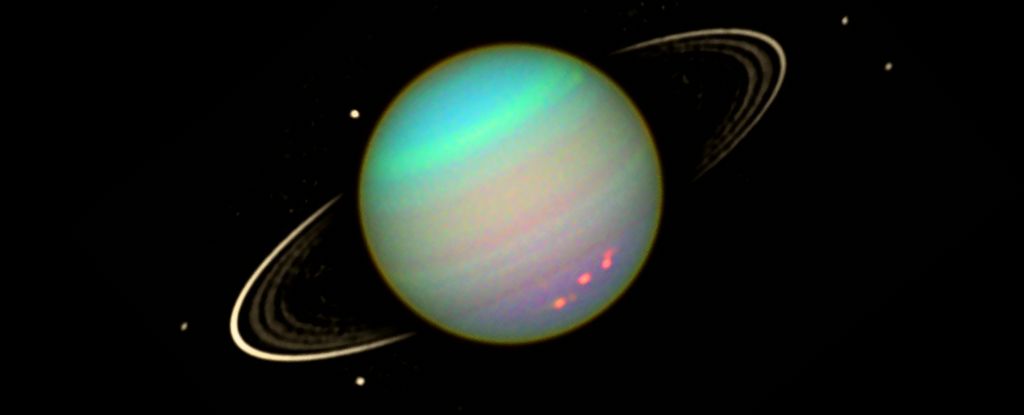The last stand of the wooly mammoth was a sad, sickly affair.
On remote Wrangel Island off the north-east coast of Siberia the last of these once-majestic beasts breathed their final breaths, some 4,000 years ago. For many generations, the wooly mammoth (Mammuthus primigenius) had been on the decline, isolated on the island for 6,000 years. Dwindling populations led to inbreeding and a lack of genetic diversity that likely made the creatures very unwell indeed.
But surprising new research has found that this genetic bottleneck is not the reason the last of the mammoths died.
“We can now confidently reject the idea that the population was simply too small and that they were doomed to go extinct for genetic reasons,” says evolutionary geneticist Love Dalén of the Centre for Palaeogenetics, a collaboration between the Swedish Museum of Natural History and Stockholm University.
“This means it was probably just some random event that killed them off, and if that random event hadn’t happened, then we would still have mammoths today.”
Wrangel Island became the final bastion for the wooly mammoth as rising global temperatures following the end of the last ice age increased sea levels, cutting the island off from the mainland population. As the availability of habitats for the cold-adapted animals dwindled, so too did their numbers. For a time, the two populations lived separately, but concurrently.
The mainland population is thought to have died out first; but the mammoth hung on a bit longer on Wrangel Island, where conditions remained sufficiently cold.
That last population was very small, reaching at most 200 to 300 individuals. Genetic analysis has shown that the Wrangel Island mammoths were very inbred, with low genetic diversity, and likely endured a lot of health problems as a result.
Led by geneticist Marianne Dehasque of the Centre for Palaeogenetics, a new team of researchers wanted to investigate this genetic degradation to understand its effects in greater detail.
“Mammoths are an excellent system for understanding the ongoing biodiversity crisis and what happens from a genetic point of view when a species goes through a population bottleneck because they mirror the fate of a lot of present-day populations,” Dehasque explains.
Their research focused on the analysis of 21 wooly mammoth genomes;14 from the Wrangel Island population over the 6 millennia they were isolated, and a further 7 from the mainland population that predated the bottleneck. Together the samples spanned 50,000 years of wooly mammoth timeline.
And the results were actually quite fascinating. The Wrangel Island genomes did show signs of inbreeding, but also eventual signs of recovery.
The population bottleneck, at its narrowest, was quite small at a maximum of just eight individuals. Over the subsequent generations the population grew while the genetic diversity continued to decline. The population accumulated harmful mutations over the 6,000-year span they lived on Wrangel Island.
Interestingly, the decline in genetic diversity was slow enough that when the population died out 4,000 years ago, they still should have been surviving surprisingly well. What’s more, the mutations that accumulated were only mildly to moderately harmful. Whenever the most harmful mutations popped up, they didn’t last.
“If an individual has an extremely harmful mutation, it’s basically not viable, so those mutations gradually disappeared from the population over time,” Dehasque explains. “On the other hand, we see that the mammoths were accumulating mildly harmful mutations almost up until they went extinct.”
We know that species can recover from a population bottleneck, given enough time. Cheetahs, for example, are thought to have survived two bottlenecks. The genome of the giant panda suggests that it, too, went through a severe bottleneck some 43,000 years ago. Some 900,000 years ago, humans appear to have been reduced to as few as 1,300 individuals.
It’s possible that, given enough time, the wooly mammoth may have course-corrected and continued thriving on Wrangel Island.
The fact they didn’t suggests other animal populations recovering from a bottleneck today require monitoring and cultivation in order to ensure continued survival, lest they too encounter an event they can’t recover from.
The finding also returns a giant question mark to the last days of the wooly mammoth.
“What happened at the end is a bit of a mystery still – we don’t know why they went extinct after having been more or less fine for 6,000 years, but we think it was something sudden,” says Dalén. “I would say there is still hope to figure out why they went extinct, but no promises.”
The research has been published in Cell.





